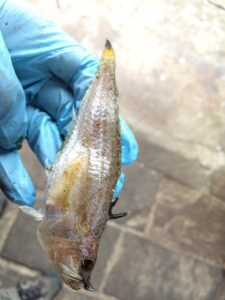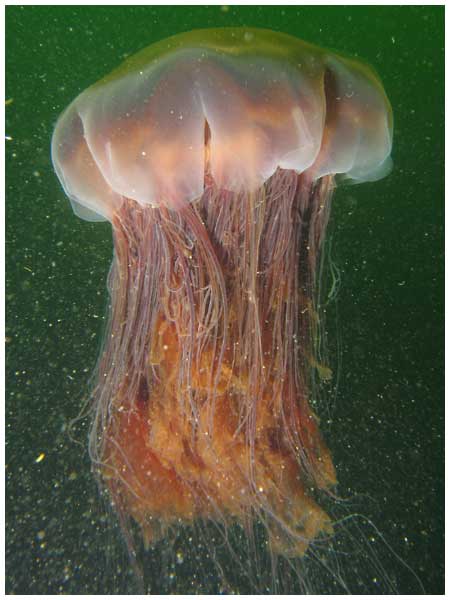Swimmers in Wexford have been warned “to be vigilant” and to keep an eye out for Lion’s Mane Jellyfish while bathing.
Bathers have been told that it is peak season for the jellyfish to was up here and to report to a lifeguard if stung by the jellyfish.
The jellyfish is a rust colour and can be up to one metre long, have 150 long tentacles on the bottom which can give off a nasty sting that is know for great pain, nausea, cramps and headaches, according to the HSE.
The Lion’s mane is the largest species of jellyfish in the world and can sting even after they’ve died. There are reports of several of them having washed up on Irish shores in recent weeks.
Meanwhile swarms of Moon jellies have also been reported along our coasts.
“There are nine special of jellyfish usually round in Irish waters, some with mild stings, such as the Moon jellies, and some with quite severe stings, such as the Lion’s mane Jellyfish which is regularly spotted off the East coast” Pat O’Suilleabhain, General Manger, Sea Life Aquarium in Bray told the Wexford Chronicle.
“Recent years have seen increased sightings of swarms of jellyfish, not just locally but globally. There are any number of reasons for this: (i) increased sea and ocean temperatures leading to increased periods of reproduction and longer reproduction; (ii) more man-made structures on and off-shore providing more anchor points for the polyps (baby jellyfish); (iii) over-fishing leading to a reduction in the number of natural predators, as well as less competition for plankton (their main food source); (iv) low oxygen environments caused by agricultural, animal waste and sewage runoff favour jellyfish survival and growth.
And is that’s not enough to keep you out of the water, swimmers have also been warned to look out for another creature lurking under the surface – weever fish. The CEO of Irish Water Safety, John Leech issued a warning to swimmers and all beach users, of the little sandy coloured fish that lives at our beaches.

It spends most of the time buried under the sand with its venomous black dorsal fin above the sandy bottom. It grows to a length of 15 centimetres. They are found all around the Irish coast but only in sandy areas where the water is warm and shallow.
“We advise the public to avoid swimming approximately one to two hours either side of low water to reduce the risk of stepping on a weever fish. Also it is a good idea to wear flip flops or sandals when walking on the beach close to low water.”
“Should a person step on a weever fish, the spines embed in the flesh of the foot and the pain is excruciating.”













